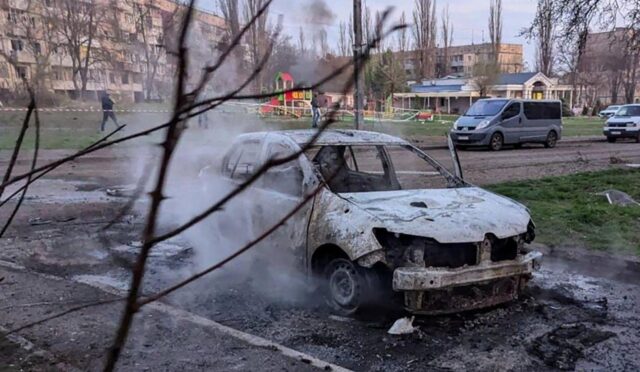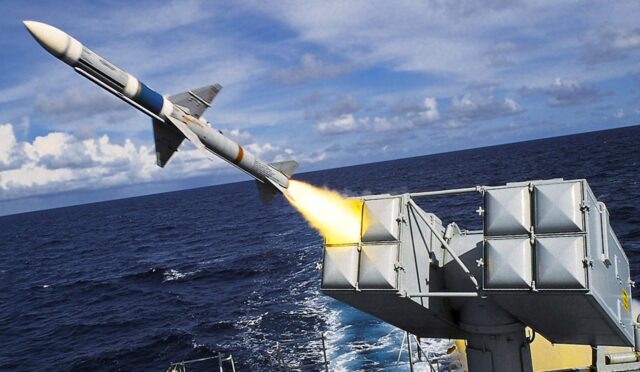Iran Launches Hypersonic Missiles at Israel Amid Ongoing Conflict
Early Wednesday, Iran announced that it had launched hypersonic missiles targeting Israel, marking a significant escalation in the hostilities between the two nations. This declaration came just hours after former President Donald Trump called for the “unconditional surrender” of the Islamic Republic. As tensions soar, Trump emphasized that the United States is not involved in Israel’s bombing campaign, but warned Iran of his diminishing patience as the conflict stretches into its sixth day.
In a pre-dawn operation on Wednesday, Israeli warplanes struck the Iranian capital, with the military advising civilians to evacuate certain districts for safety reasons. The Israeli defense forces reported hitting crucial sites, including weapons manufacturing and facilities connected to centrifuge production, underscoring the seriousness of their efforts to counter Iranian aggression.
Iran’s Warning to Tel Aviv and the Use of Hypersonic Technology
Iran moved to prepare its citizens in Tel Aviv for potential attacks, with the Islamic Revolutionary Guard Corps claiming that its hypersonic Fattah-1 missiles are actively targeting the city. This marks the continuation of what they termed the “11th wave” of their Operation Honest Promise 3, aiming to showcase their military capabilities. State-run media reported that the missiles have been causing significant alarm and unrest in Israel, particularly in its commercial hub.
Hypersonic missiles, capable of traveling at speeds exceeding five times that of sound, present a formidable challenge for interception due to their ability to maneuver during flight. Concurrently, Iran launched a fleet of drones towards Israel, although the Israeli military successfully intercepted two over the Dead Sea, highlighting the ongoing aerial confrontation between the two rivals.
International Responses and Diplomacy Amid Rising Tensions
As the conflict unfolds, global powers are actively seeking strategies to prevent an escalation into a broader regional conflict. Egyptian Foreign Minister Badr Abdelatty engaged in urgent discussions with both his Iranian counterpart and US envoy Steve Witkoff, advocating for a diplomatic resolution to the crisis. The need for a ceasefire has become increasingly pressing as the violence continues to unfold between Iran and Israel.
Speculation regarding potential American intervention intensified following Trump’s abrupt exit from the G7 summit in Canada, where world leaders advocated for a cessation of hostilities. Back in Washington, Trump reiterated his demand for Iran’s surrender and provocatively suggested that the US could easily target Iran’s supreme leader, although he clarified that they would not take such actions for the time being.
Trump’s Military Posturing and Aircraft Carrier Deployment
Despite his previous declarations to avoid entanglement in Middle Eastern conflicts, Trump has ordered the USS Nimitz aircraft carrier and several US military aircraft into the region. This move raises questions about potential American involvement in the ongoing conflict. However, US officials insist that Trump has not yet made a definitive decision regarding any form of military intervention, keeping the situation precarious and unpredictable.
The complexity of the situation continues to evolve, with military and diplomatic tensions culminating as each party reassesses its strategy. As the international community watches closely, the prospect of resolution remains uncertain, highlighting the delicate balance of power in a region fraught with historical animosities.







